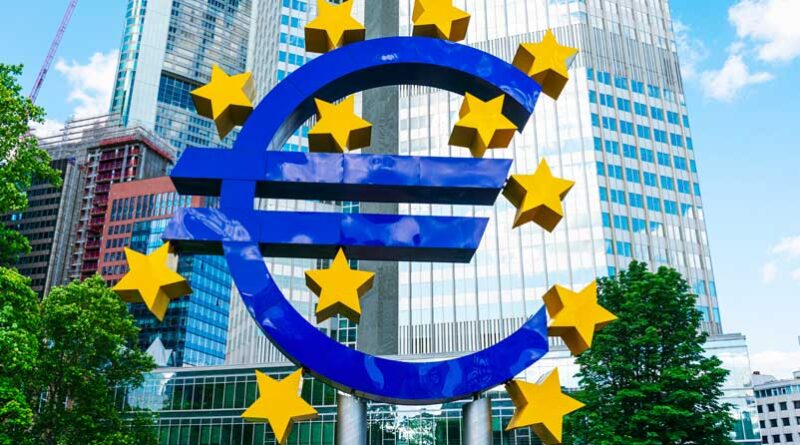Signs of Disinflation
Monetary policy by the ECB appears to have kicked in with the July rate of inflation showing a further decrease to 5.3%.

Disinflation is a temporary slowing of the pace of price inflation. The term is used by Central Bankers and financiers to describe occasions when the inflation rate has reduced marginally over the short-term. Following nine rate hikes the euro area inflation rate dropped to 5.5% in June 2023 from 6.1% in May 2023. A year earlier the rate was 8.6%. As was expected the tenth rate hike was delivered in July 2023 with the ECB raising its interest rate to their highest level in 22 years.
Similarly, across the water the US annual inflation rate is now at 3.2% in July 2023 slightly up from 3% in June but down from 4% in May which is a colossal drop, again down to the Fed’s aggressive monetary policy of numerous rate hikes. The Fed were some months ahead starting rate hikes in March 2022 with the ECB only starting in July 2022.
While the ECB had to play catchup, did they go too hard too fast, as I mentioned in my previous article the hawks were pushing this agenda without taking time to reflect and allow for the lag effect that previous hikes may have already tapered inflation. While it is my belief that the ECB now needs to take a step back and allow time for the increase in rates to filter through, the ECB is still sounding extremely cautious.
Fabio Panetta a member of the ECB executive Board recently gave a speech at Bocconi University and said: “With policy rates now firmly in restrictive territory, setting and communicating the direction of monetary policy has become more complex. Our monetary policy stance needs to be calibrated in a way that brings inflation back to target in a timely manner while avoiding unnecessary harm to economic activity.
This is a fine line to walk, as the effects of monetary policy emerge with a lag. While our past decisions have already led to a material tightening in credit conditions and loan dynamics, their effects have yet to be felt in full across the real economy.
At the same time, inflation remains elevated. Even if it is now falling as the effects of adverse supply shocks begin to fade and weaker growth eases price pressures, it will still take some time to reach levels compatible with price stability.”
Reading between the lines, this indicates that the ECB may be unwilling to wait until the end of 2023 to see if inflation continues to fall, if the August figures do not show a reasonable decline, then do not be surprised if the ECB decides to go a step further with another increase. One way or the other the ECB expects rates to stay at these levels through 2024 and into 2025 as they do not see the 2% target reverting until the end of 2025. This contrasts with the US whereby Goldman Sachs economists are already predicting rate cut by the end of June 2024. It would not surprise me if the ECB had to make a U-turn in Q3 2024 when the power houses of Europe, Germany, and France, put them under pressure due to the impact of low levels of production and growth have sever impacts on their economies.
On another note. The surety market is roiling after the demise of Henry Construction in June 2023. The difference between the collapse of Henry and Carillion is that most bond providers had exposure to Henry, the impact of this is for underwriters to take a more cautious approach in their financial assessments and for rates to harden. For all contractors with facilities or looking for additional facilities do not take offense at what might seem an overly cautious approach by your providers.

